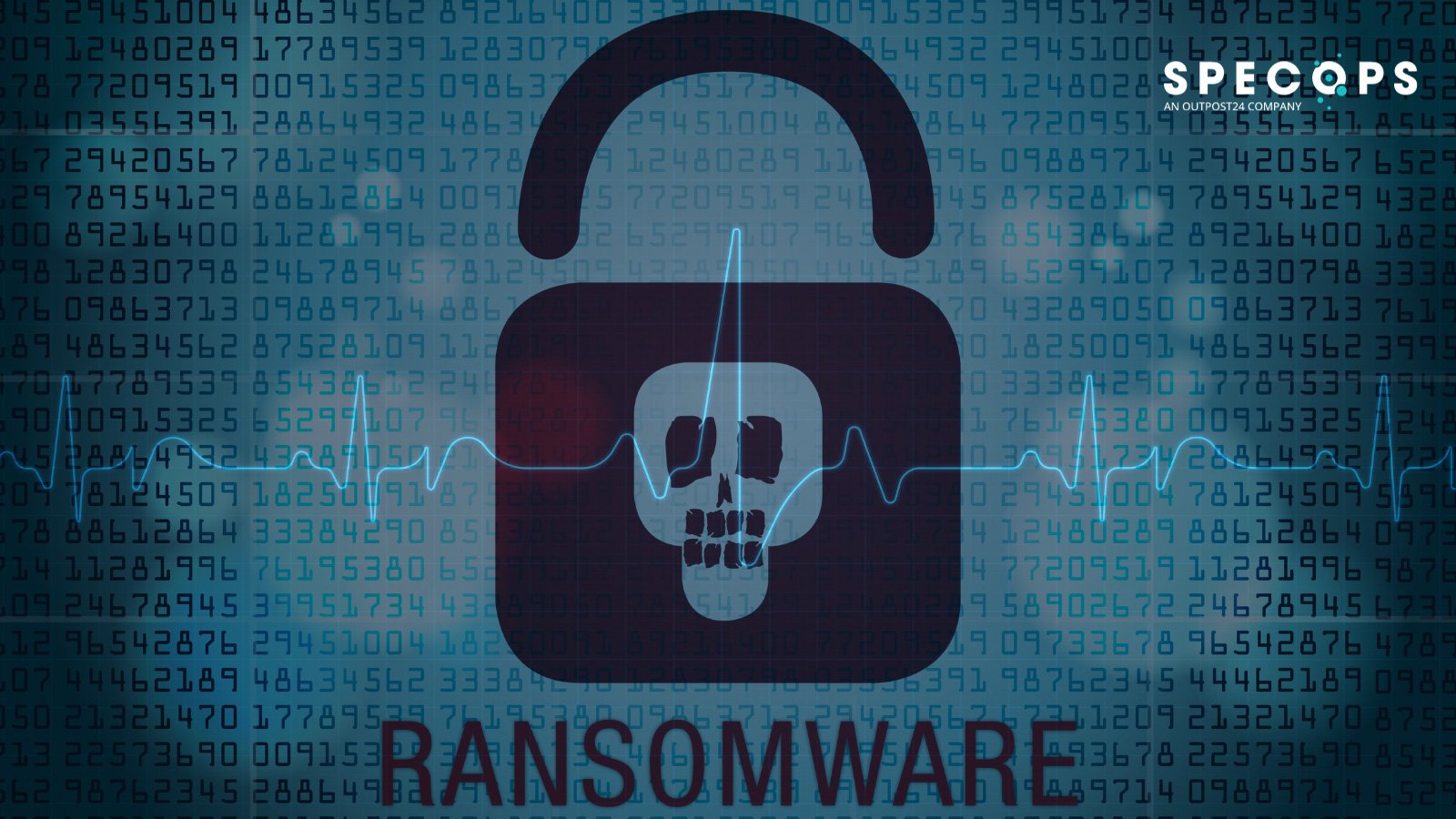The Rise of Ransomware in Healthcare: What IT Leaders Need to Know

The intersection of healthcare, entrusted with our most personal and sensitive data, and cybersecurity paints a worrying picture. Hospitals, physicians’ offices, dental clinics, and other healthcare institutions increasingly find themselves targeted by cybercriminals.
What’s more concerning? Ransomware attacks are rapidly becoming the weapon of choice, making up over half of all attacks in the healthcare industry.
The cost of a healthcare data breach
IBM’s 2023 Cost of a Breach Report reveals some startling numbers on ransomware attacks in the healthcare industry. Over 500 organizations were subject to some form of data breach between 2022 and 2023.
The cost associated with these malicious attacks has been on an upward trajectory – with a whopping 15.3% increase from 2020, the average financial toll now amounting to $4.45 million per incident.
But the financial implications only scratch the surface. The more insidious concern lies in the latent nature of these breaches. On average, it takes an organization 287 days to even identify that a breach has occurred.
The time before detection means attackers have more chances to exploit the data, which makes remediation efforts even more challenging.
Ransomware is dangerous because of its immediate crippling effect. Unlike other types of breaches where data might be silently exfiltrated, ransomware openly declares its presence by locking out organizations from their data. This can have serious implications for patient care.
MCNA Dental’s wake-up call
A massive ransomware assault on one of the largest dental insurance companies in the U.S., MCNA, exposed the personal data of up to 8.9 million patients.
It spanned a range of sensitive information, including names, addresses, Social Security numbers, and more.
This incident demonstrates the vulnerability of even specialized healthcare sectors, and highlights that no organization, regardless of its size or reputation, is out of reach of cybercriminals.
HIPAA’s role in navigating the cyber minefield
The Health Insurance Portability and Accountability Act, commonly referred to as HIPAA, steps in as a rigorous framework to prevent the misuse of protected health information.
It lays out five core rules – the Privacy Rule, the Security Rule, the Breach Notification Rule, the Enforcement Rule, and the Patient Safety Rule.
Beyond dodging penalties, HIPAA’s real value lies in its security guidance. By following the HIPAA guidelines, healthcare institutions can better defend against threats, and work to rebuild patient trust following a breach incident.
Securing your organization at the frontline
Taking a proactive security stance is the best defense against threat actors. That begins with understanding your organization’s vulnerabilities and risks. Here’s how healthcare institutions can begin bolstering their cybersecurity infrastructure:
- Fortify password policies – At the heart of many breaches lies poor password hygiene. Tools, such as Specops Password Policy enables IT teams to set stringent password protocols, from meeting compliance standards, setting length and complexity requirements, to ensuring the absence of common and weak terms, as well as blocking known compromised passwords, which significantly tightens access controls.
- Regular backups – This cannot be emphasized enough. Regularly updated backups stored in isolated environments mean that, in the event of an attack, organizations can restore their systems without capitulating to ransom demands.
- End-user education and training– The human element is often the weakest link, and awareness is half the battle. Provide staff with the knowledge to spot and avoid threats via regular seminars, mock phishing exercises, and training modules to help ingrain best practices in daily operations.
- Patch and update – Keep all systems, software, and applications up-to-date. Old, unpatched software becomes a playground for cybercriminals who are well aware of these security loopholes.
- Implement multi-factor authentication (MFA) – Passwords alone, no matter how strong, can be compromised. MFA acts as a second line of defense. Asking users to provide multiple proofs of identity can dramatically reduce the risk of unauthorized access.
Charting a safe course with Specops Password Policy
With the right tools, strategy, and awareness, IT leaders can fortify their defenses against the rising tide of ransomware and cyberattacks. Passwords remain one of the most vulnerable pieces of an organization’s network.
For Active Directory users, Specops Password Policy with Breached Password Protection allows you to block the use of more than 4 billion unique known compromised passwords. This mitigates the threat of password attacks and unauthorized access.
Adopting solutions like Specops Password Policy for impeccable password hygiene is the first step in securing the frontline.
Want to know more? See how Specops Password Policy can improve your security posture with a free trial.
Sponsored and written by Specops Software.
A considerable amount of time and effort goes into maintaining this website, creating backend automation and creating new features and content for you to make actionable intelligence decisions. Everyone that supports the site helps enable new functionality.
If you like the site, please support us on “Patreon” or “Buy Me A Coffee” using the buttons below
To keep up to date follow us on the below channels.


